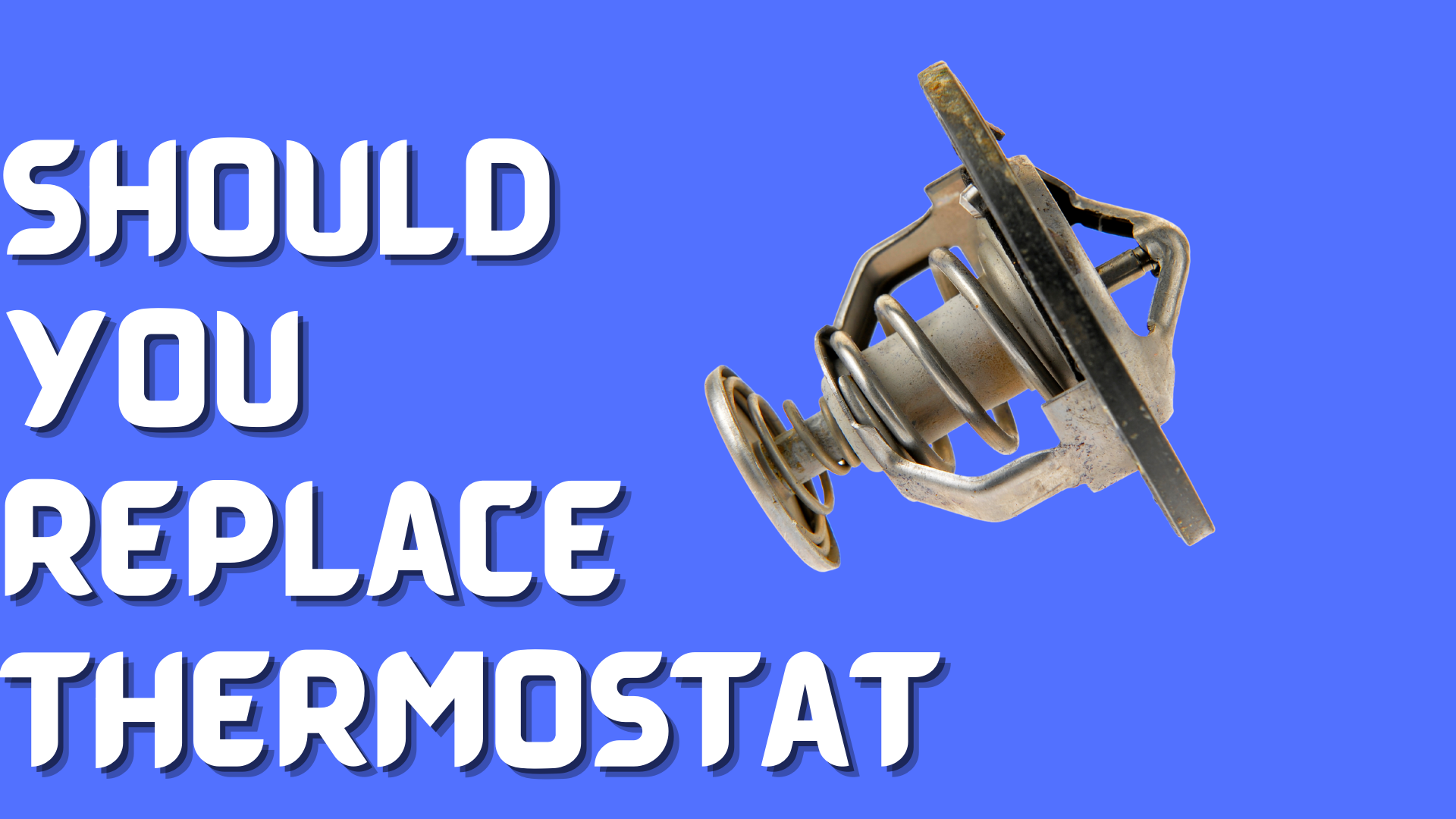When To Replace The Thermostat of Your Truck
Do you know when you need to replace the thermostat in your vehicle? If not, then this guide will take you through when you should do it. Several activities take place in the engine, which generates a lot of heat. Too much heat from the engine is dangerous as it can melt down the plastic hoses and seals. Apart from that, the engine itself can break down. The engine has a cooling system that ensures it works at its optimal temperature.
What is a Thermostat?
The cooling system is a vital part of your truck, and it comprises various components such as the radiator, coolant, and thermostat. What is a thermostat? For the cooling system to function effectively, it has to have what triggers it. A thermostat is a temperature-sensing device within your engine. It opens and closes automatically to regulate the temperature of the engine.
The thermostat closes when the coolant has just been released into the engine. When the coolant in the engine reaches a specific temperature, it will open to allow the hot coolant to flow into the radiator. The role played by the thermostat exposes it to wear. It is necessary to know the appropriate time to replace the thermostat.
Signs that You Need To Replace The Thermostat
Your truck will exhibit some signs when your thermostat is worn out and faulty. Knowing such signs will aid you in determining when to replace them.
High Temperature
High truck temperature is the first sign that you need a new thermostat. The temperature of your truck can increase when the coolant level has gone down. But if you have just refilled your coolant and this persists. Consider checking your thermostat.
To determine that high temperatures result from a faulty thermostat, look for a spike in temperature. For example, your thermostat may be defective if your truck’s and engine’s temperature is cool but spikes very high within a short time.
Cold Engine
Mostly, people associate a hot engine with a faulty faulty thermostat, but when your engine is too cold, it is another sign that your thermostat is defective. A cold engine is dangerous and interferes with the operation of your truck.
The prominent role of a thermostat is to let the coolant move to the radiator. When the thermostat remains open, the coolant will keep flowing regardless of your engine’s temperature. It will make your engine cold and bring mechanical problems to your truck.
Problems with the Temperature Gauge
The easiest way of accessing your thermostat is by checking the temperature gauge. You must have needle nose pliers to remove your thermostat.
After removing your thermostat, consider cleaning it and placing it in hot water. Before doing this, consider checking the temperature of the water. Check the temperature gauge when the thermostat is in hot water. If it does not spike, then your thermostat is faulty.
Conclusion
Shared in this guide are some of the things to watch out for to determine whether you need to replace the thermostat. Between your engine and the coolant, there is a thermostat whose primary responsibility is to ensure that the coolant flows in and from the engine when necessary. When it becomes faulty, your engine will either overheat or become cold. Knowing the signs of a faulty thermostat will enable you to determine when you need to replace the thermostat.


